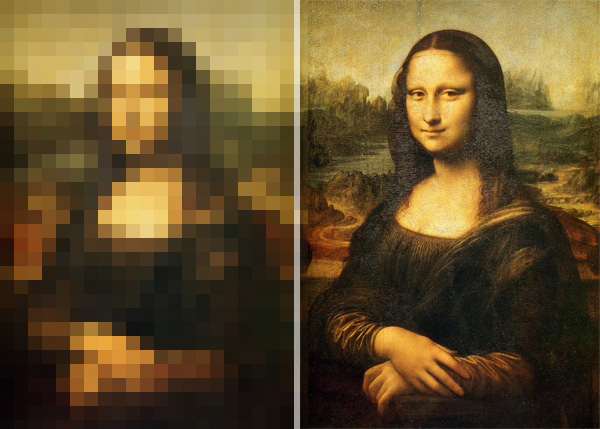“Do you know BTS?”
The oft-repeated line began as a question that Jin, one of the members of K-pop group BTS, would ask random people during the group’s early days, when few outside of South Korea were aware of them. But now, Jin asks this question semi-ironically, knowing many people around the world know exactly who the group is. Which is to say, if you don’t know BTS, you haven’t been paying attention.
Since their debut in 2013, BTS has been making headlines, topping music charts, and breaking linguistic and cultural barriers across the world in a way that no other Korean act has. In 2018, BTS’ popularity boomed worldwide, and in Singapore, tickets to their 19 January concert at the 55,000-seat National Stadium sold out in four hours. Demand for tickets to watch their documentary, Burn the Stage: The Movie crashed the Shaw Theatres website for hours and they were the second most listened to artist on Spotify in Singapore.
But what is it about these seemingly normal young men that draws in the masses and turns everything they touch into marketing gold?
- Sincere messaging and communication
The group’s popularity is largely thanks to the socially conscious lyrics they often pen themselves, their brotherly group dynamics and their impressive stage performances. But their use of social media and passion marketing are factors to their success that cannot be ignored – and that we can all learn from.
Passion and sincerity are important elements of any marketing and social media strategy, but it can be hard for these to come through in execution – especially because consumers can sense when a brand is faking it. But brands that are successful in communicating their passions genuinely will find that an audience is more willing to engage with and support them; a fact that BTS can attest to. Their savvy use of multiple social media platforms, including Twitter, Weibo, and VLive, allows them to communicate with their fans, known as ARMY, and provide them with content that both functions as added value and extends their messages.
- Unique and relevant storytelling
Since the group’s debut, they’ve used their songs to critique the society they grew up in through lyrics that decry South Korea’s education system; reject the idea that Millennials and Gen Z are lazy; and denounce socio-economic hierarchies in South Korea. The group’s progressive views are what initially attracted many fans – they found BTS to be not just talented, but resonant. For example, in their Love Yourself series, BTS explores how the journey of self-love is complicated and difficult, if also joyous and ultimately worthwhile – a poignant cause for a group from the nation with the second highest suicide rate in the world to champion.
Beyond this, BTS and their parent company, Big Hit Entertainment, have created a complex fictional universe – known as Bangtan Universe, or BU – in which the unchronological story of seven friends is told. What’s unique about this storytelling is that it’s gone beyond music video content and short films, spilling over into printed content called “The Notes” that came bundled with the Love Yourself albums, but that are also sometimes released via Twitter, and through a webtoon, launched on 17 January.
This combination of inspirational yet relatable lyrics with multi-platform storytelling has not only gained an audience, but hooked them.
- Use of free content
All seven members of BTS regularly take to Twitter to share their lives with their nearly 18 million followers. Big Hit Entertainment also provides BTS photos and videos – ranging from teasers and music videos to behind-the-scenes footage and even things like 100 seconds of a BTS member eating snacks – on YouTube, Instagram and Facebook.
The majority of this content is provided for free. ARMY has even confounded the music industry by purchasing music they can obtain for free. The support for the group and the belief in what they communicate means their world tours sell out, their feature film-length documentary saw global box office results of over S$25 million, and their label is estimated to be valued at nearly S$3 billion. Where other brands struggle with translating a social media following and free content into sales conversions, Big Hit has yet to face that issue.
Of course, this sort of loyalty isn’t won overnight, but brands can learn from BTS’ unwavering dedication to the cause and constant stream of relevant content to drive and nurture their audience’s affection.
The power of passion
In the end, it isn’t flashy outfits, catchy beats and multi-tiered marketing campaigns that fuel BTS’ truly impressive global presence – it’s relevant messages of change, sincerity, love.
Though these messages are genuine, they have also worked as brilliant marketing tools and content pillars, skyrocketing the group to international acclaim. It is through this that BTS and Big Hit have succeeded in demonstrating passion marketing at its finest, positioning the group as thought leaders and voices of their generation. But more importantly, they have created genuine reciprocity between BTS and their ARMY.



